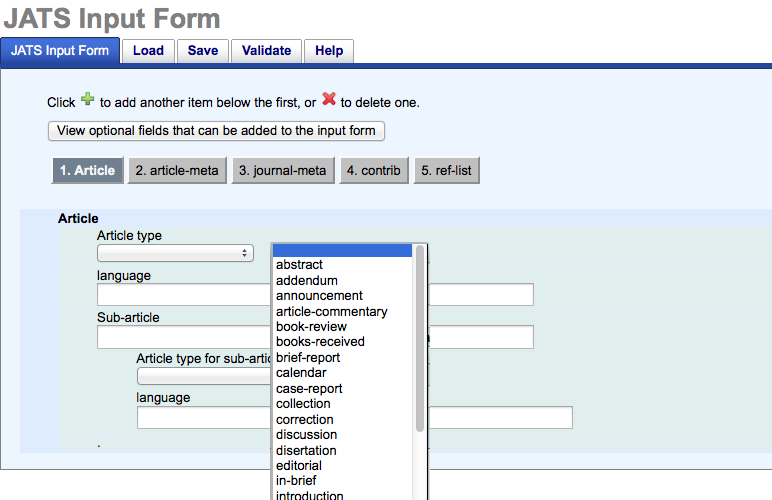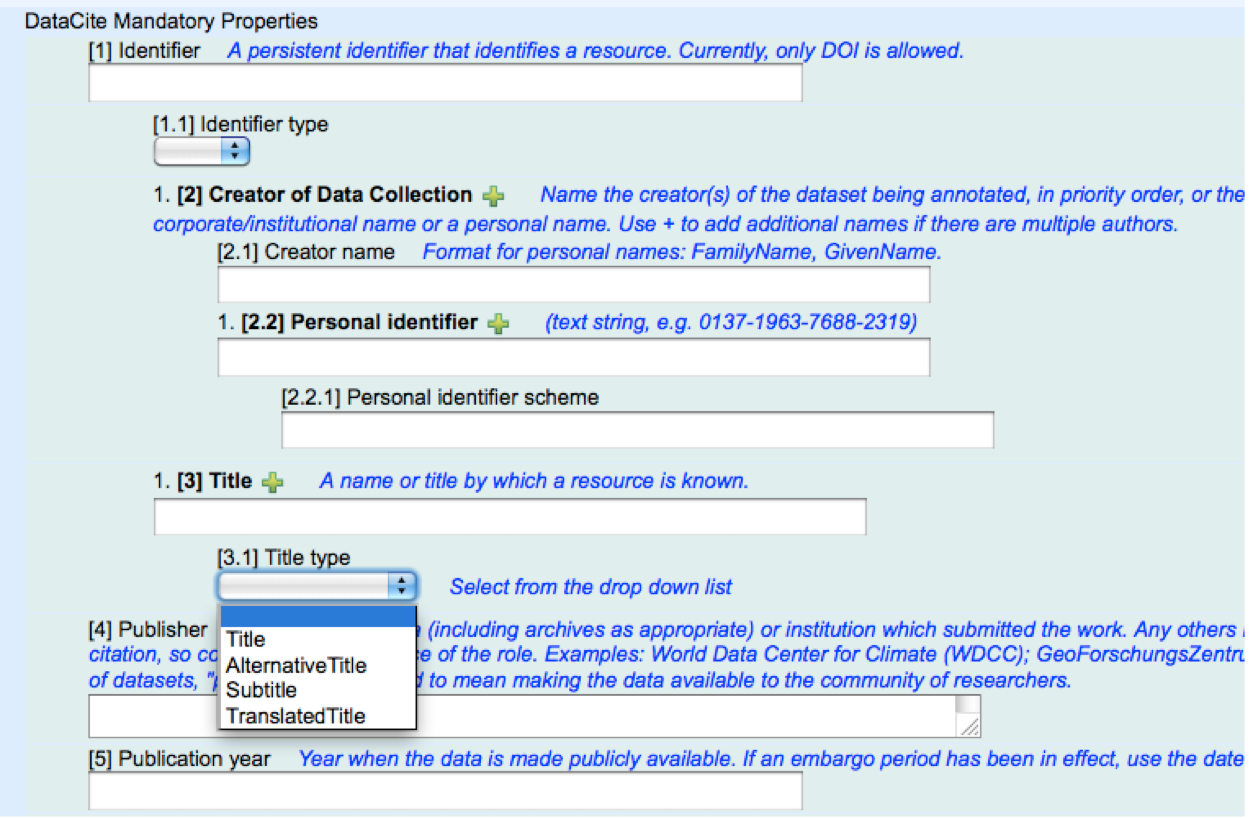Following the decision to merge the planned development of the Open Citations Corpus with the Related Work Project, described in the previous blog post, we proposed to develop one underlying data store, one data model and one RDF representation.
What is Related Work? Related Work is a user-friendly Web application developed to provide a means of browsing citation links, as the basis for a planned recommendation service for the best articles to read.
David writes: Dr Heinrich Hartman is a new colleague of mine, who, having been working in the Mathematical Institute of Oxford University, has just returned to Germany to start a new job in a leading semantic web research group, that of Steffan Staab at the Institute for Web Science and Technologies, University of Koblenz-Landau.
[The text of this post was updated on 27-09-2013 and 04-04-2017 to reflect a new CrossRef metadata best practice document and a change in their URI.] Today I wrote an open letter to all scholarly journal publishers, available online here, entitled: Open your article reference lists for inclusion in the Open Citations Corpus. In this letter, I request that publishers open the bibliographic citation data in their journal
I am very pleased to announce that last year Ian Bannerman, Managing Director for Journals at Taylor & Francis, confirmed this publisher’s willingness to pilot the opening of the reference lists from articles in 29 of their subscription access journals, as well as from all of their current list of 15 Open Access journals, for inclusion in the Open Citations Corpus.

JATS, the Journal Article Tag Suite, defines a vocabulary of XML elements and attributes used to describe the content and metadata of journal articles. As described in the previous post, we have mapped the metadata elements of the JATS Journal Publishing Tag Set to RDF, so that publishers’ XML article metadata encoded using JATS might become part of the web of linked data.

JATS, the Journal Article Tag Suite, defines a vocabulary of XML elements and attributes used to describe the content and metadata of journal articles. In this post, I describe the mapping of JATS to RDF, so that publishers’ XML article metadata encoded using JATS might become part of the web of linked data.

DataCite is an international organization responsible for the DOIs (Digital Object Identifiers) issued for research datasets. For each DOI issued, DataCite requires the data publisher to create and submit to DataCite descriptive metadata that can aid resource discovery.
The purpose of mapping DataCite metadata elements to ontology terms is to enable DataCite metadata to be published in RDF as Open Linked Data, enabling these metadata to be understood programmatically and integrated automatically with similar data from elsewhere.

In a previous blog post, I described the work that Silvio Peroni and I undertook in May 2011 to map the main terms from the DataCite Metadata Kernel v2.0 to RDF. To enable that, we created a ‘proto-ontology’, the DataCite Ontology version 0.2, that contained just the following four object properties: *
